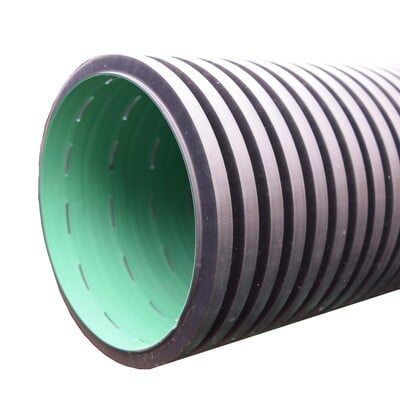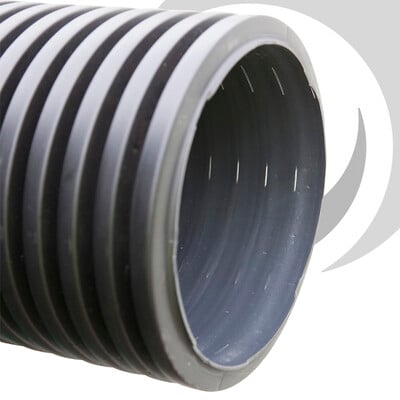

150TDPBLN
RRP £48.82
£ 46 . 38
Excl. VAT








Help & Advice
Related articles
Delivery options
Enter your postcode for delivery timescales, accurate stock levels, and your nearest depot
❄️ Now Closed for Christmas - Festive Opening Hours ❄️









Delivery options
Enter your postcode for delivery timescales, accurate stock levels, and your nearest depot